Burrs, heat stress, and material distortion are the common challenges many aerospace engineers face today. They use traditional stamping and laser cutting to make aerospace parts. In these methods, the material did not achieve precision tolerances. As a result, you create weak alloys and delays that push projects off track.
Only these small errors can quickly lead to rework and add extra cost to your pocket. The aerospace photochemical etching process solves these issues with precision and safety. It creates lighter parts without distortion. Complex shapes and fine details become possible without extra machining.
Read the article to explore aerospace photochemical etching, its benefits, applications, and tips to choose the right supplier. So, your aerospace components will be worthwhile for you.
What is Aerospace Photochemical Etching Used For?
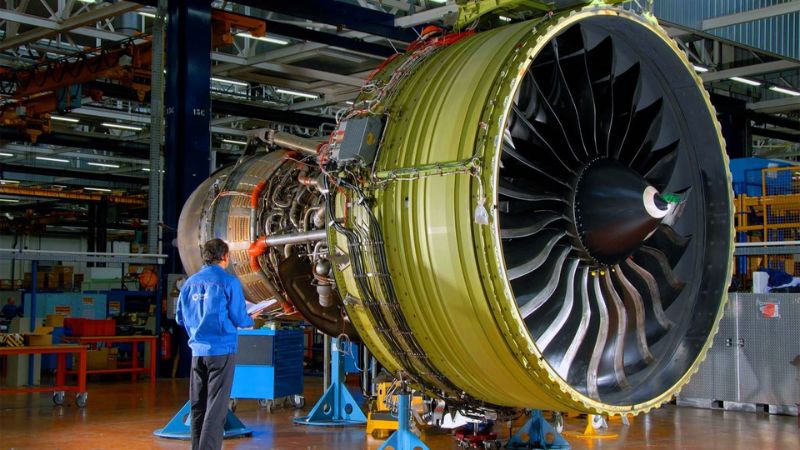
In the aerospace industry, photochemical etching is widely used to make lightweight parts. The aerospace parts demand both precision and strength. Engineers use this process to make components such as heat exchangers, EMI/RFI shields, and fuel nozzles.
Unlike laser cutting, etching avoids burrs and stress on the metal. So, you can keep parts reliable in extreme aerospace conditions. It ensures safer performance where it matters most. For aerospace teams, this directly improves fuel efficiency and overall system functionality.
Why Do Aerospace Engineers Rely on Photochemical Etching?
The aerospace components need reliability and precision. Traditional methods often create burrs, stress, and wasted material. Photochemical etching helps solve these problems and gives teams a process they can trust. Read the few reasons why engineers prefer this aerospace component etching process.
Unmatched Precision for Complex Geometries
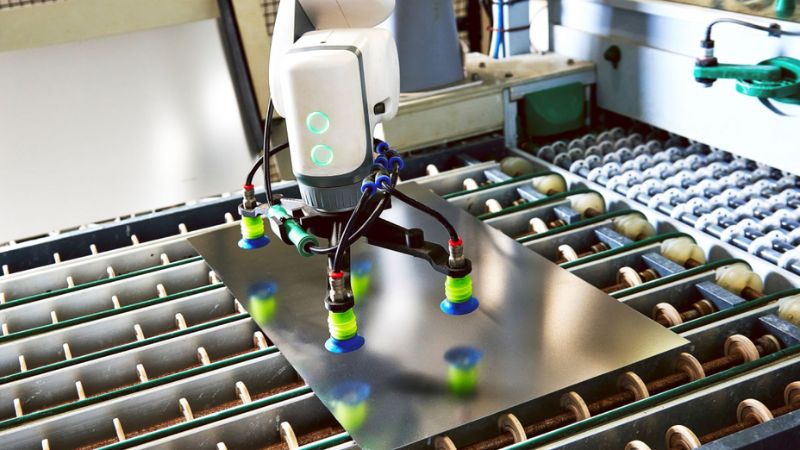
Even the smallest error in an aerospace part can cause big issues. The photochemical etching provides the right tolerances. This makes it perfect to make fuel nozzles, shields, or cooling plates. Engineers gain confidence knowing each component will perform as designed.
Scalability from Prototype to Production
It’s challenging to move from design to the production area. With photochemical etching, engineers can test prototypes quickly and then scale to larger runs. So, there is no expensive retooling or long delays required. This speeds up projects and reduces overall costs.
Material Versatility in Aerospace Applications
The aerospace projects use metals with very different properties. In photochemical etching, you can work well with aluminum, titanium, and stainless steel. The engineers can choose the right material without sacrificing precision. This flexibility supports the performance and innovation in modern engines.
Here is the specification of aerospace metal etching in table form. So, you understand the importance of this etching in the aerospace field.
| Specification | Typical Range / Value |
| Etching Tolerance | ±0.025 mm to ±0.075 mm (±25–75 microns) |
| Minimum Feature Size | As small as 0.1 mm |
| Metal Thickness Range | 0.01 mm to 2.0 mm |
| Thermal Impact | None (room temperature chemical process) |
| Surface Finish | Prototype to high-volume runs |
Benefits of Photochemical Etching in Aerospace
The engine parts of aerospace always need safety, efficiency, and innovation. With photomechanical etching, you can keep component weight under control. Traditional processes often create limits that slow progress. This is what the aerospace component etching solves these issues. Read the benefits of the etching process below.
Weight Reduction Without Compromising Strength
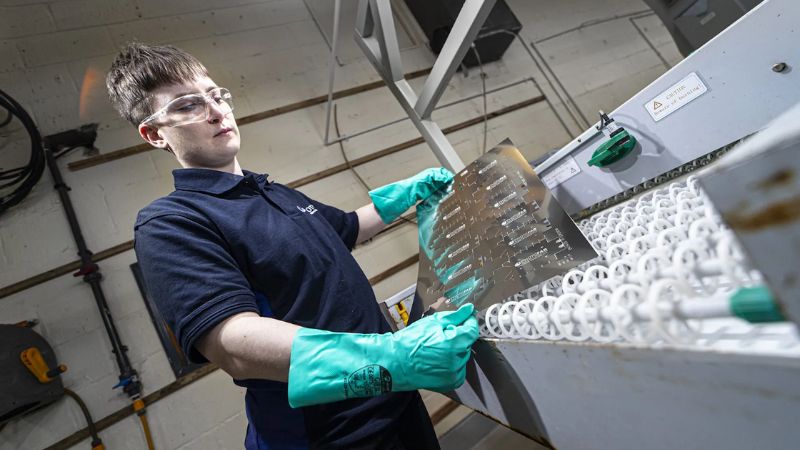
Mostly, the aircraft’s performance depends heavily on reducing engine weight. Photochemical etching enables thinner, lighter parts without sacrificing durability. Your components remain strong under demanding conditions. So, you can enhance your air engine fuel performance.
Design Freedom for Next-Gen Aerospace Programs
In the chemical industry, the detailed project requires complex shapes. The photochemical etching makes these designs possible without extra machining. Your engineers can create fine details and complex geometries with ease. This freedom enhances your performance in future aerospace systems.
Reduced Times for Critical Projects
Time is critical in an aerospace project. This etching process eliminates the need for costly tooling. You can easily move quickly from prototype to production. Engineers can speed up delivery and keep it high.
Sustainability Through Minimal Waste
Generally, the aerospace engine and program are designed to reduce environmental impact. This type of etching generates less scrap compared to stamping. It avoids heat damage, so fewer parts are rejected. The result is a cleaner that supports long-term sustainability goals.
Applications of Photochemical Etching for Aerospace Parts
All the aerospace components are lightweight and reliable to ensure smooth performance. Mostly, the engineers use the photochemical etching process to make thin metal sheets. Then they create a complex pattern on these sheets. Unlike traditional methods, the etching does not require heat and stresses the material. Here are the following aerospace components made using the etching process.
Fuel Nozzles, Heat Exchangers, and Engine Blades
In an aerospace engine, the fuel nozzle, exchanger, and sharp blades are the critical parts. Engineers use the chemical etching process to make these parts with great precision. Generally, the fuel nozzle ensures an even fuel spray inside the chamber. The main job of the heat exchanger is to maintain the engine temperature. Aerospace technicians design these parts with attention to detail.
Fuselage Panels, Wing Skins, and Other Structural Components
The aerospace engine operates in the air and faces different wind pressures and air temperatures. Photochemical etching designs some components that tackle all these conditions. Metallurgists design the fuselage panel that provides structural strength. It protects inside the cabin from wind pressure. The wing skins are made to carry and balance the aerodynamic loads during flight. The etching process ensures all these components enhance safety.
Grids, Connectors, and Bending Elements
During a long flight, pilots have to constantly communicate with the navigation monitoring team. With the photochemical etching process, the manufacturer makes a sharp grid and connectors. These two components link the electronic system together inside the aerospace industry. So, you can easily communicate with your back-end team. The bending elements are used in switches, springs, and sensors inside the aerospace system.
Antenna Elements and Arrays, EMI Shielding, and Micro Contacts
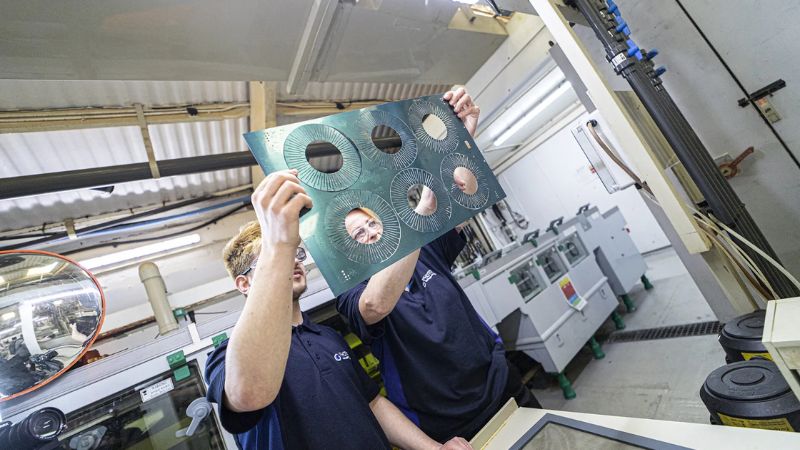
When you take off or land your airplane, you need an effective communication system. So, you can send and receive the signals. The antenna and arrays are designed with a complex pattern in the photochemical etching process. It facilitates you to deliver and receive strong and clear signals. The EMI shielding protects your aircraft from external interference and ensures a smooth flight experience.
How to Select the Right Aerospace Photochemical Etching Partner?
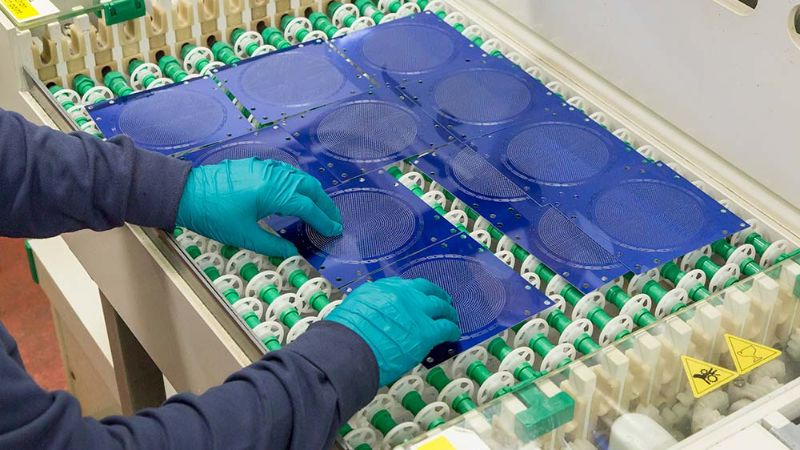
It’s important to select the right aerospace photochemical etching partner. Aerospace parts must be precise, reliable, and safe. The right partner ensures these standards are met. A wrong selection of a partner can add cost and fail your project.
Therefore, you need to keep a few factors in mind before making a final decision. Check the supplier quality system checks and their certifications. You should ask their etching Torrance level. Make sure they cover different materials in etching. Furthermore, checking their past aerospace projects can show their experience.
Another key point is collaboration. The best partners work with engineers early in the design stage to improve performance. This support helps prevent rework and keeps projects on schedule.
The TMNetch supplier has become a trusted partner in aerospace photochemical etching. The company works with aluminum, titanium, stainless steel, and nickel alloys. They cover a wide range of material with the right safety measures. Their services are rapid prototyping, full production, and design support.
The brand focuses on delivering precise, burr-free, and lightweight parts. So, they meet strict aerospace requirements. The approach combines innovation to ensure minimal material waste. For aerospace teams, this means confidence in both the parts and the process.
Frequently Asked Questions
What is the etching process in aerospace?
The etching is widely used in the aerospace industry to make different engine parts and components. The process is all about removing the material from the metal surface with a chemical agent. Then create the design on a metal sheet. This process makes the lightweight components without any heat.
What tools are needed for etching?
The tool used in etching depends on the etching type or nature. Mostly, the needles, burnishers, stencils, and power supply are the common tools used. Furthermore, the goggles and gloves are used as safety equipment to ensure process safety.
What is the principle of etching?
Etching works on the principle of using a controlled etchant or chemical. They remove material from the metal surface and create a desired design pattern on the sheet. During this process, the remaining metal sheet is coated with a protective layer. So, it won’t be damaged.
Final Thoughts
To sum up, the aerospace photochemical etching process adds innovation to the aircraft industry. You can create lightweight and reliable components. These parts easily fit inside the air engine to boost its performance. The engine not only manages the heat but also adds safety elements for passengers.
However, not all suppliers provide a quality airspace tool. Make sure to check their certificate and past successful projects. If you choose the wrong partner for your project, it will ruin your whole air system. Always keep in mind that a good partner is one who provides reliable engine parts without breaking the bank.
